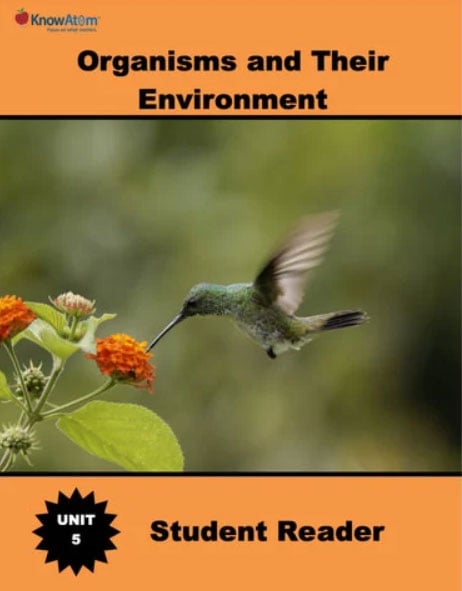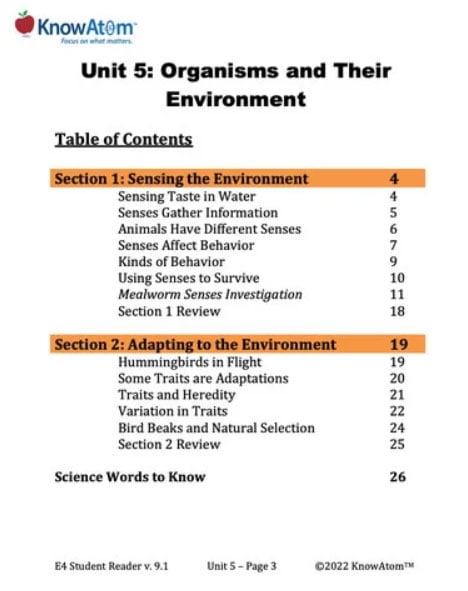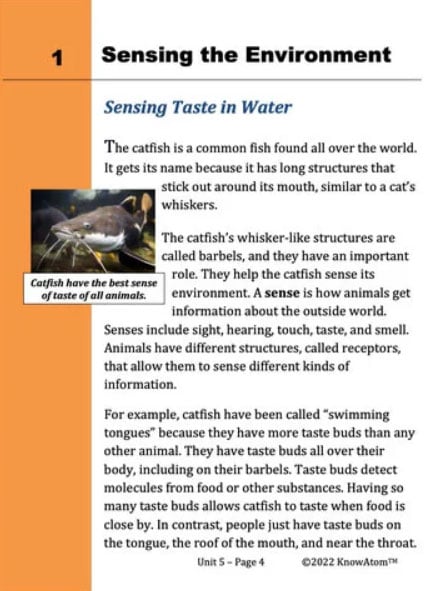The science background section gives teachers more detailed information on the phenomena students explore in this unit about organisms and their environment. Below is an excerpt from the science background information from the lesson on mealworm senses.
The catfish gets its name from the long structures that stick out around its mouth, similar to a cat’s whiskers. The catfish’s whisker-like structures are called barbels, and they are sense receptors that help the catfish sense its environment.
A sense is how animals get information about the outside world. Senses include sight, hearing, touch, taste, and smell. A catfish’s barbels house some of the catfish’s taste buds. Catfish can have more than 100,000 taste buds all over their body. In contrast, humans typically have about 10,000 taste buds. Catfish have such a strong sense of taste that they don’t need to use sight to find food. Their extensive taste buds allow catfish to detect prey even in muddy, murky waters, where visibility is low.
Every animal has a variety of senses and sense receptors to help it survive in its environment. Bats and dolphins use their sense of echolocation to find food in the distance. Many insects, including the darkling beetle, use their legs and antennae to taste. Sharks are able to sense electrical currents. Moles have perhaps the best sense of touch of any mammal in the world. Hummingbirds have little to no sense of smell, but they can hear and see better than humans and can see ultraviolet light.
Humans have many senses, including the traditionally recognized hearing, sight, smell, taste, and touch. Humans have other senses that are less commonly talked about, including the sense of temperature, pain, and balance.
Senses are controlled by the nervous system. Our bodies are lined with specialized cells called neurons that transmit information to and from the brain. The brain is the part of the body that interprets all of the information the senses receive. It is often found in an animal’s head. The brain interprets the information so the animal can make sense of the environment at that moment. The information can also be stored as memories.
Each time a sense receptor is stimulated, electrical signals travel to the brain, where the signal is processed. It takes fractions of a second for neurons to carry a message.
The way an animal processes information from the environment and then acts on it can be understood by thinking about the senses as part of a system.
Remember that a system is a set of connected, interacting parts that form a more complex whole. Systems have inputs and outputs. Inputs are what are received by the system, so the information gathered from a sense is an input.
Outputs are what are sent from the system. The behavior that results from the brain’s interpretations of the information is the output. A behavior is an organism’s response to a stimulus. A stimulus is anything in the environment that causes an organism to react.








